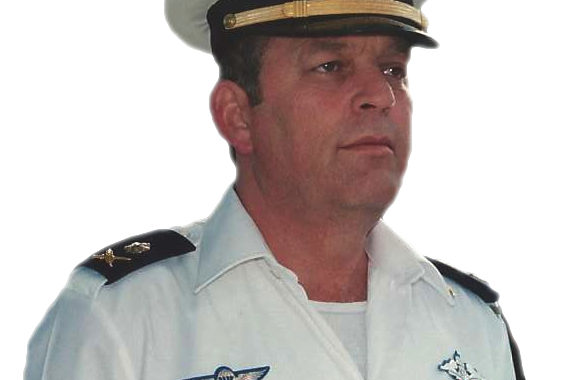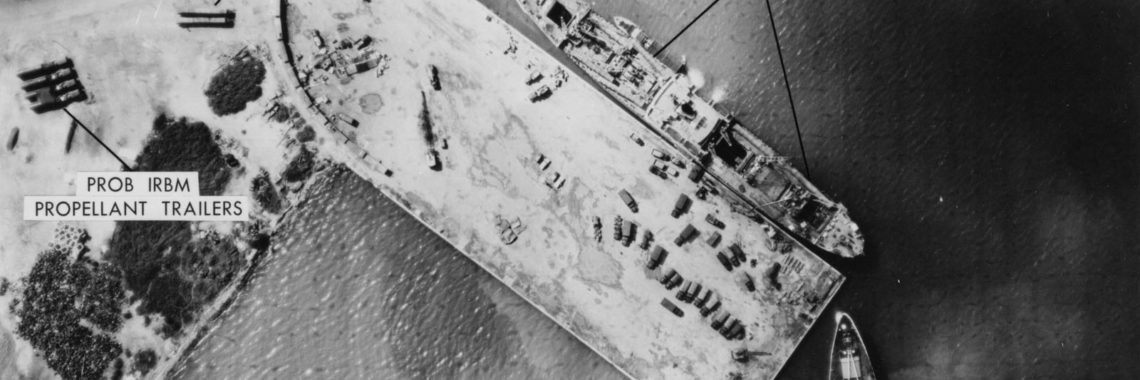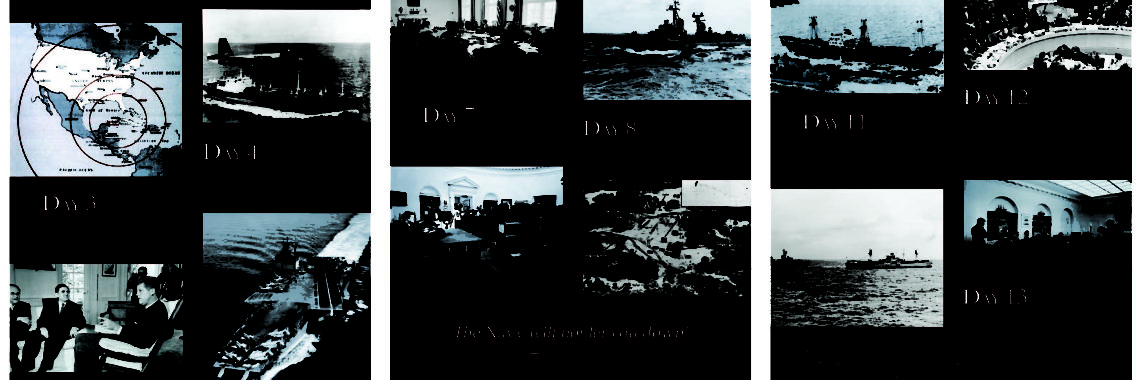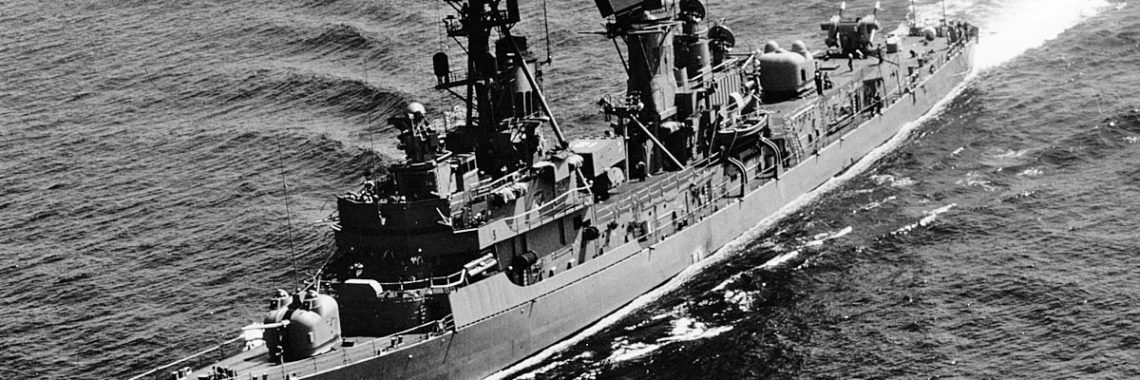Norman’s Corner: Missile Boat Commander Extraordinaire
By Norman Polmar (Editor’s note: This is the fifteenth in a series of blogs by Norman Polmar, author, analyst, and consultant specializing in the naval, aviation, and intelligence fields. Follow the full series here.) During my professional career I have consulted to three foreign navies—Australian, Chinese, and Israeli—as well as to several foreign commercial firms.






